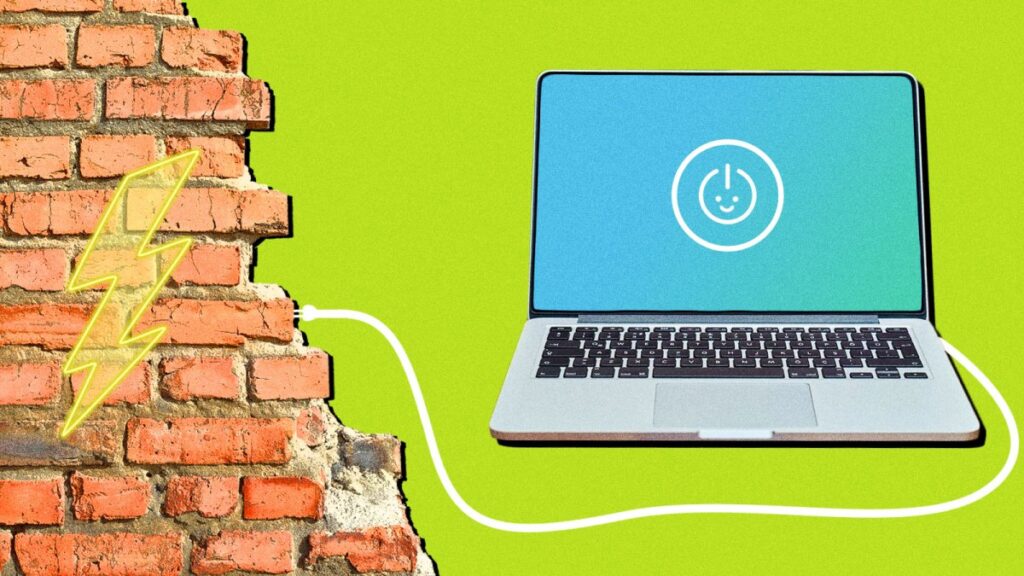Construction of buildings using the latest technology is blooming in the recent days, whether it be 3D-printed buildings or robotic way of building or incorporating smartness into the structure and more. Following these, the red bricks, the same red-blocks that’s been used as building blocks for several decades, is getting an upgrade now, to serve as power-banks storing electricity for your home, explains so this page.
Red bricks as Power-Banks
Red bricks, the cheapest construction material on earth, fastened with cement and mortar for construction purposes for years, may also have the potential to serve as long-lasting batteries, replacing the use of inverters or generators, in the near future.
A new use-case presented by researchers at Washington University shows how red bricks can be turned into energy storage units that can be charged to hold electricity, like your smartphone battery.
The proof-of-concept project published in Nature Communications, presents new possibilities for the world’s many brick walls and structures. The bricks connect with solar panels on the rooftop via wires, which could ultimately store the energy and render in-house backup power.
As solar panels and wind turbines multiply, the big problem (which was) to store all the excess electricity produced is no longer a headache, as every wall in the house would store energy hereafter.
How can a Red-Brick Store Energy?
Calling for the need to store electricity doesn’t require any ‘magic bricks’ or kind of synthetic blocks, but just ordinary, run-of-the-mill construction materials.
Ordinary red bricks used in constructions can be converted into energy storage devices, called supercapacitors by coating the brick with PEDOT, a conductive polymer, treated to the bricks at 160-deg Celsius in an oven. It’s made up of nanofibers that work through the network of a brick.
PEDOT gets trapped in the brick by the polymerization reaction, initiated by the rich red pigments in the bricks – iron oxide or rust, giving out bricks as blackish blue hue. PEDOT then serves as an ion sponge that can store and conduct electricity.
Related Posts
“PEDOT-coated bricks are ideal building blocks that can provide power to emergency lighting,”
– Julio D’Arcy, one of the research team members said.
D’Arcy’s team then attached copper leads to two coated bricks. To stop the blocks from shorting out while stacked together, the researchers separated the blocks with a thin plastic sheet of polypropylene. A sulfuric-acid based solution was used as a liquid electrolyte, and the bricks were connected via the copper leads to a AAA battery for about one minute. Once charged, the bricks could power a white LED for 11 minutes.
If applied to 50 bricks, the supercapacitor could power 3 watts’ worth of lights for about 50 minutes, D’Arcy said.
The current set-up can be recharged 10,000 times and still retain about 90 percent of its original capacitance. Researchers are developing the polymer’s chemistry further in an effort to reach 100,000 recharges.
Future bricks
Researchers focus on increasing the amount of energy the bricks can store. They have been working on converting the structure of these nanofibers into composites.
This kind of battery-building could be the best second source in countries, like India, where energy-demand overpasses the supply.
“Advantageously, a brick wall serving as a supercapacitor can be recharged hundreds of thousands of times within an hour. If you connect a couple of bricks, microelectronics sensors would be easily powered,” said D’Arcy.
References:

